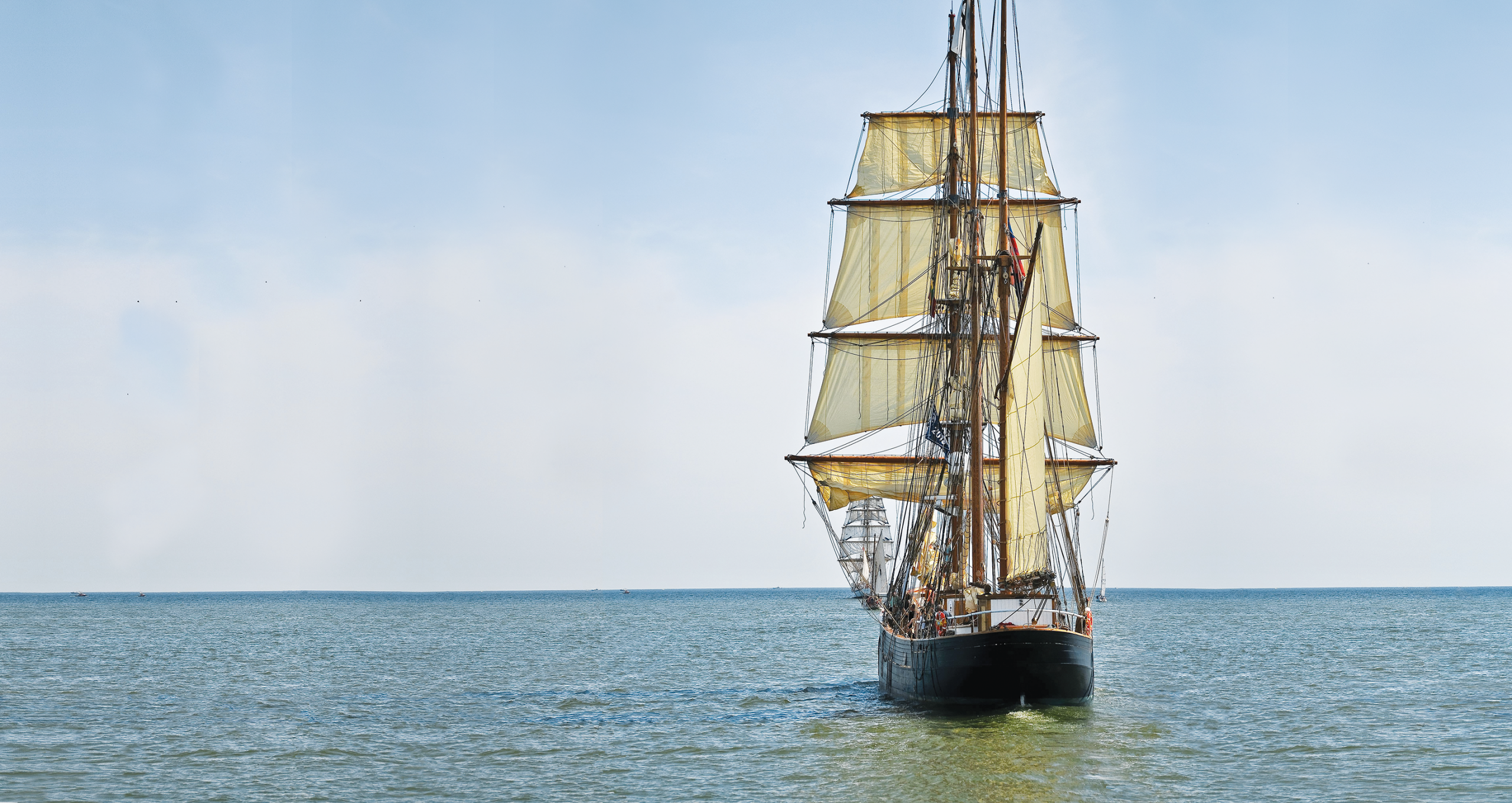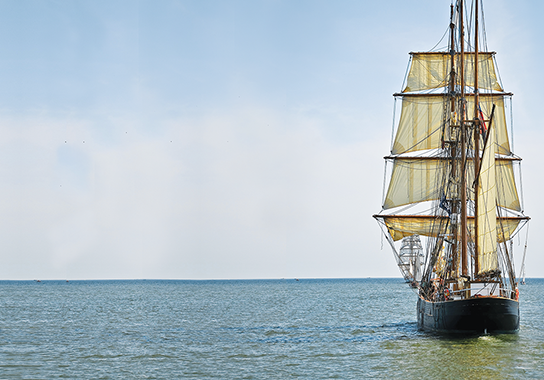War of 1812: Battle of Lake Erie Oliver Perry Prevails
By Eric G. Swedin | Military History Published: June 12, 2006 at 8:14 pm
At 3 a.m. on October 9, 1812, Lieutenant Jesse Elliott led two boatsful of American soldiers and sailors up the Niagara River, their muffled oars propelling them quietly toward two British brigs, Caledonia and Detroit, lying at anchor under the protection of the guns of Fort Erie. Slipping aboard the two ships, the American sailors and soldiers achieved complete surprise. ‘In about ten minutes, Elliott reported, I had the prisoners all secured, the topsails sheeted home, and the vessels underway.
Caledonia made it safely back to the American naval base at Black Rock, but Detroit ran aground. All day, the British forts pounded the brig, and that night Elliott took what stores he could off the ship and set fire to it. Besides freeing 40 American sailors who were prisoners aboard the two brigs, Elliot captured 70 British and Canadian sailors. In one bold action, Elliott and his men sharply reduced the strength of the British squadron on Lake Erie and seized a fighting ship for an American squadron that had previously had none.
Word of this feat electrified a nation that had been fed on news of defeat and blunder ever since it muddled its way into the War of 1812 four months earlier. The war had begun with high hopes, especially among young war hawks who refused to give up the dream of conquering Canada. In the Western states, Brig. Gen. William Hull raised an army of regulars and militia and marched to Detroit. Detroit became a trap when British Maj. Gen. Isaac Brock and his Indian allies surrounded the Americans and forced Hull to surrender on August 16. With control of Lake Erie, the British had secured their flank, enabling them to concentrate on the more important battles on the regions around Lake Ontario.



